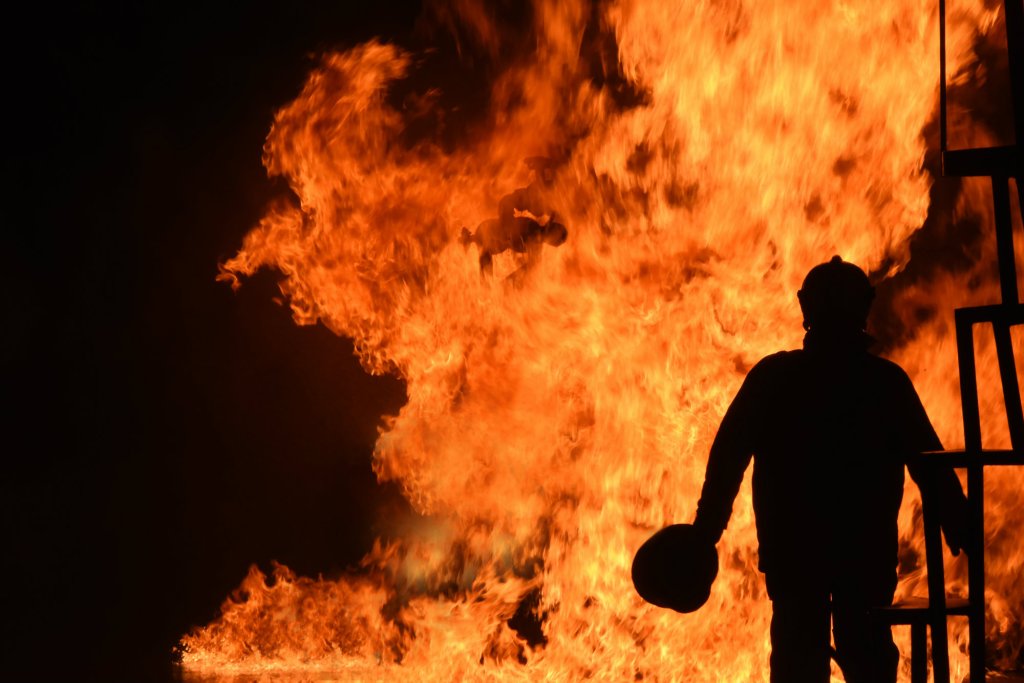According to a report released Monday by the National Oceanic and Atmospheric Administration (NOAA), 2017 was the most expensive year on record for disasters in the United States – thanks to historically powerful hurricanes in the Gulf of Mexico and devastating wildfires in the west.
In 2017, there were 16 separate billion-dollar disasters, with the cumulative damage of these events totaling $306.2 billion – shattering the previous U.S. annual record of $214.8 billion from 2005.
As expected, the storms’ impact on the U.S. also led to the costliest year in history for the global insurance industry – totaling $135 billion – with the U.S. accounting for half of these costs according to a recent report by Munich Re, one of the most prominent global reinsurers.
“There’s evidence that building with less resilient materials costs more in the long run,” said Robert Garbini, president of the National Ready Mixed Concrete Association in a letter to The Orlando Sentinel. “Whether the issue is stability in the face of high winds, or rotting and molding after floodwaters, the materials used to build make a difference.”
According to studies by MIT, initial investment in hazard mitigation is the key to a sound structure and can be cost effective. An equation developed by the MIT Concrete Sustainability Hub (CSHub) evaluates the cost-effectiveness of incorporating mitigation features into a building design in a particular location by factoring in the expected damage a conventional building that’s designed to code would endure over its lifetime, and comparing that to a more resilient, enhanced building design.
“In some areas of the country, especially along the coast, hazard-induced maintenance costs can be significant, sometimes even exceeding the initial building cost,” said Jeremy Gregory, Executive Director of the Concrete Sustainability Hub at the Massachusetts Institute of Technology. “As such, increasing spending on mitigation is fully justified in areas prone to natural disasters. Through our Break Even Mitigation Percentage (BEMP) project, which offers a data-informed approach to investment in hazard mitigation, we aim to support the widespread adoption of codes that take hazards into account because designing homes and buildings in hazard-prone areas with the expectation that damage will occur can make communities safer and reduce costly repairs in the long run.”
Insurers are also seeing the efficacy of designing buildings to withstand extreme weather.
According to a recent study underwritten by the NRMCA by Dr. Pieter VanderWerf and Nicholas Haidari of Boston College entitled “Survey of Insurance Costs for Multifamily Buildings Constructed with Wood-frame and Concrete,” building insurance rates will be lower for midrise apartment buildings constructed with resilient materials like concrete rather than wood‐frame.
While the extent of the insurance savings for a concrete building varied widely for builder’s risk insurance quotes, it was within the range of 22‐72% for all regions. For commercial property insurance, the quoted savings were within the range of 14‐65%.
-
Denver Forced to Contend with Combustible Construction Once Again
Fire at townhouses under construction destroys two buildings.

-
Four-Alarm Fire Nearly Destroys Wood-Frame Apartment Complex
Statement from concrete coalition on most expensive fire in city history.

-
Kentucky’s Public Schools are Being Built with Concrete to Protect Students
The latest in concrete construction technology is making schools safer, and more energy-efficient.
-
Georgia Legislation Would Jeopardize Building Safety
Concrete coalition works with community leaders to urge state senators to oppose HB 876.

-
Los Angeles Faith Leaders Support Stronger Building Codes
Church leaders are calling on City Council to endorse efforts to protect communities from fire.

-
Los Angeles Wood-Frame Apartment Complex Burns in Massive Fire
Three people were injured in blaze that displaced 300 residents.

-
Georgia Legislation Limits Local Authority to Implement Stronger Building Codes
Concrete group says Georgia Senate should reject proposal to ensure local leaders can keep their communities safe.

-
Top Philly Labor Groups Commit to Stronger Building Codes
The community labor organizations join a growing list of advocates that are working to ensure that the most vulnerable residents in cities such as Philadelphia have access to safe and secure housing.

-
Developer Looking to Build with Combustible Materials Despite Overwhelming Consensus
Decision to construct tall timber structure comes after Essex County, N.J., which governs City of Newark, endorsed statewide legislation that prohibits such construction

-
LA Housing Partnership Commits to Building Stronger Communities
The coalition of civic organizations dedicated to secure housing is growing.




